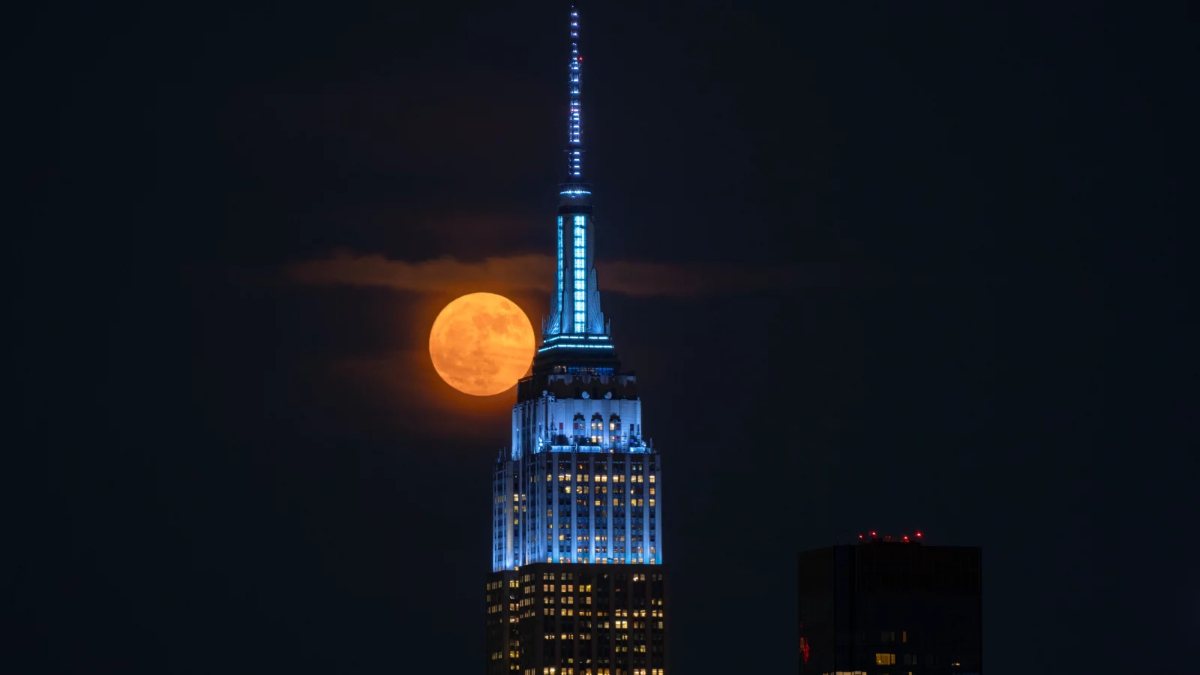If you looked up at the sky last night and saw an unusual orange-colored moon, you weren’t imagining things. Yes, the moon last night had an orange hue. The full Moon that graced our skies last night was just part of a rare and striking celestial event, which was caused by some combination of optical illusion, atmospheric science, and a rare lunar cycle.
Check out: What is an Undergraduate Degree? Check Duration, Types and What to do After it
What Was The Moon In Orange Colour?
This phenomenon of the moon is popularly named the Strawberry Moon, but last night it wasn’t pink or red despite its name. It was having an orange glow, which may be a result of the Moon's low position near the horizon. In other and simple words, when the Moon is low, its light must pass through more of Earth’s atmosphere. This scatters shorter blue wavelengths and allows longer red and orange wavelengths to dominate, just like at sunrise or sunset.
A Rare Celestial Event
Moving further, last night’s moon wasn’t just any full Moon; it marked the lowest full Moon since 2006. This was a result of a rare celestial phenomenon known as the ‘major lunar standstill’. It occurs only once every 18.6 years. During this event, the Moon’s rising and setting points stretch to their most extreme positions near the horizon, and in 2025, we’re witnessing the peak of this standstill cycle, causing the Moon to hang unusually low in the sky and scattering the orange glow throughout.

According to NASA experts, the full Moon appeared full for about three days (10-12 June), with its low trajectory creating an optical trick called the ‘Moon Illusion,’ making it look larger and more dramatic than usual.
Why the Name 'Strawberry Moon'?
The term Strawberry Moon came from the Algonquin tribes of North America, who used this to signal the short strawberry harvesting season in June. European cultures also referred to it as the Rose Moon, again linked to seasonal timing rather than actual color.
When Will It Happen Again?
If you missed this spectacular sight last night, you may now enjoy it only through the images, as this kind of low-hanging full Moon won't occur again until 2043. Last night’s view was a once-in-a-generation experience.
Must read
What is a Buyout Program? Definition, Benefits, Types, and How It Works - Explained
Comments
All Comments (0)
Join the conversation